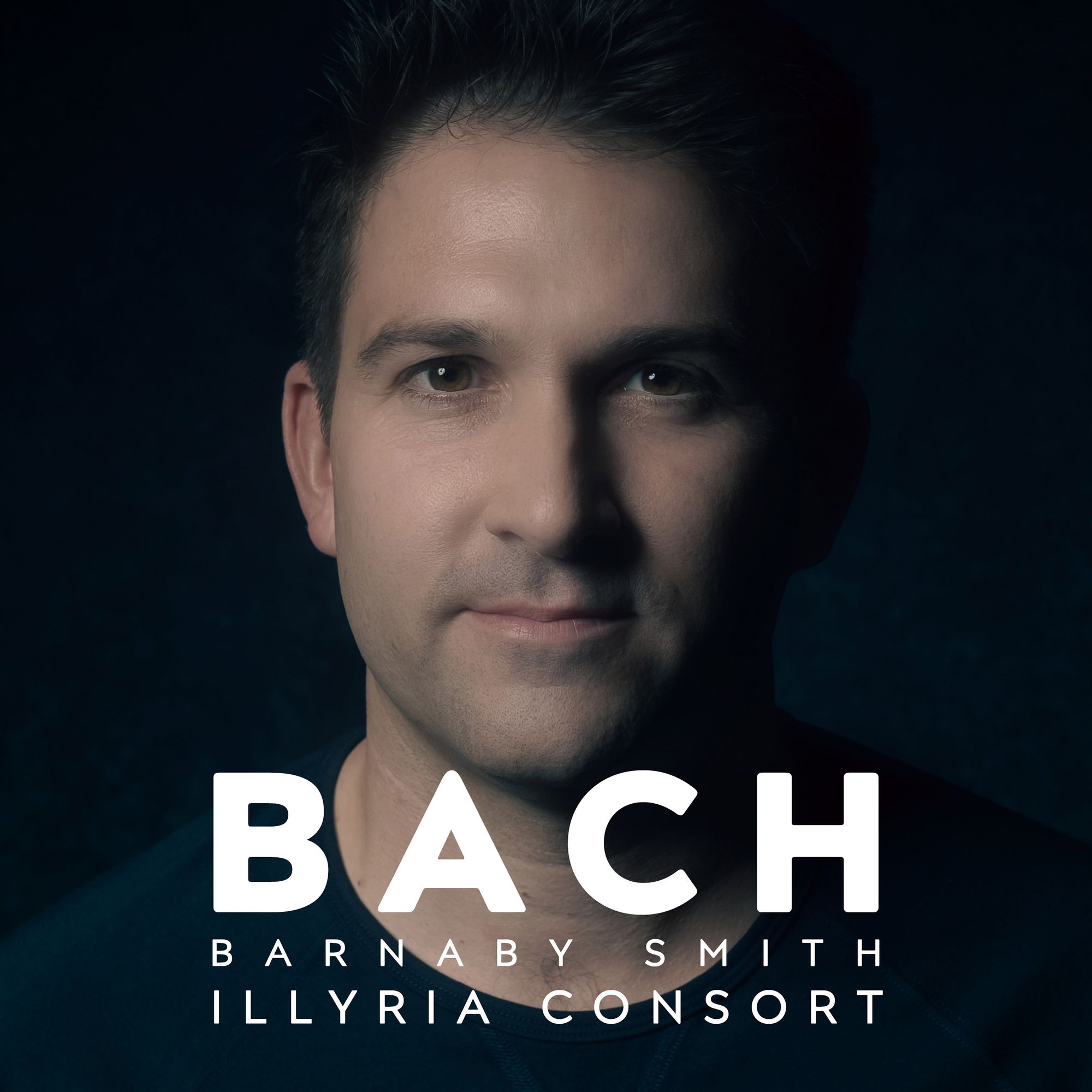Bach from countertenor Barnaby Smith
This is a disc of undeniably great beauty

This is Classical Explorer’s second Bach album of the week (the first featured Amanda Forsythe and Apollo’s Fire; the two are separated by some Alfvén!). It has to be said, the two Bach albums complement each other perfectly. They also have real parallels: both contain two full cantatas; both contain at least one aria from one of the Passions (Forsythe, the St John; Smith, both St Matthew and St John).
Here's an eight-minute video introduction to the Smith/Illyria disc:
As Smith says,
Bach has been a central figure in my personal musical journey. He is my greatest love as a musician, not only because of the repertoire, but his importance for the modern-day countertenor voice within that repertoire.
Smith starts with one of the most famou Bach Cantatas, Ich habe genug, BWV 82. Here's the first movement, Smith achingly pure of voice and beautiful of phrasing, joined by a delicious oboe da caccia obbligato (Leo Duarte). The ensemble is the Illyria Consort:
Smith brings the recitatives to life - they receive as much detailed attention from him as the arias, and gain in expressivity as a result. Talking of the melding of detail and emotion, the heart of BWV 82 is the aria, “Schlummert ein,” and what a beautiful performance it recieves:
The final movement, “Ich freue mich an meinem Tod” is far more agile, and beautifully judged here. Note the excellent recording throughout, made in the lovely VOCES8 Centre (St Anne and St Agnes Church, London):
This is one of the most popular of Bach’s Cantatas, and has a significant recorded history. Janet Baker with the Bath Festival Orchestra under Yehudi Menuhin, for example, is unfortgettable. Here’s the first movement: and here (below) is the complete cantata sung by Hans Hotter, that great Wagnerian (!) with the Philharmonia in a Kingsway Hall, London recording from 1950:
For the St Matthew Passion, Smith offers one of the most famous arias, “Erbarme dich” in a lovely performance - silken legato, and the perfect tempo. Plus a wonderful violin obblicgato:
... yet I just prefer Damien Guillon’s sense of engagement in the Suzuki complete St Matthew on BIS (see Classical Explorer’s post):

Smith is joined by VOCES8 mezzo Kate Jeffries-Harris in the Credo from the B-Minor Mass, a performance of great beauty. Their voices work beautifully together. Here’s a video of them together:
Another video performance, this time “Es ist vollbracht!’ from the St John Passion: Smith is joined by the astonishing viola da gambist Reiko Ichese, well-known and deservedly well-respected in the early music field. The slow tempo taken here really shows the desolation of Bach’s threadbare textures:
Bach composed Vergnügte Ruh, Beliebte Seelenlust, BWV 170 for performance on 28th July, 1726, the sixth Sunday after Trinity in 1726. Another respected Baroque specialist features here, keyboardist Steven Devine (here on organ) joins the fray, with Leo Duarte again superb in the obbligato woodwind part. The peace of the opening movement is profound indeed:
Worth noting the purity of Smith’s uppermost register, and the firmness of his lowermost, in the recitative “Die Welt, das Sundenhaus”; and just listen to the progressive harmonies of the organ and unison strings opening to the aria, “Wie Jammern mich doch die verkehrten Herzen,” a truly magical movement that speaks of deep emotions and reactions. The descending-scale organ contributions are truly telling in this performance:
This is a phenomenal performance; as is that of the “Agnus Dei” from the B-Minor Mass. The church acoustic is perfect, with the recording capturing just the right amount of resonance.
Excerpts from two oratorios close: the first from the Easter Oratorio (Oster-Oratorium, BWV 249), perhaps less well-known than the Christmas Oratorio Weihnachtsoratorium). The aria “Saget, saget mir geschwinde” is full of life (it is Mary Magdalene's aria):
Finally, “Schlafe, mein Liebster” from the Weihnachtsoratorium, a lovely performance; although I do find the church's reverberance a touch too much here.
The programme reflects the annual cycle of the church year, from Candlemas
to the cross, and on to the Resurrection. This is a disc of undeniably great beauty. Barnaby Smith's voice is lovely to listen to; he is a fine musician, too. This is a most cherishable release.
